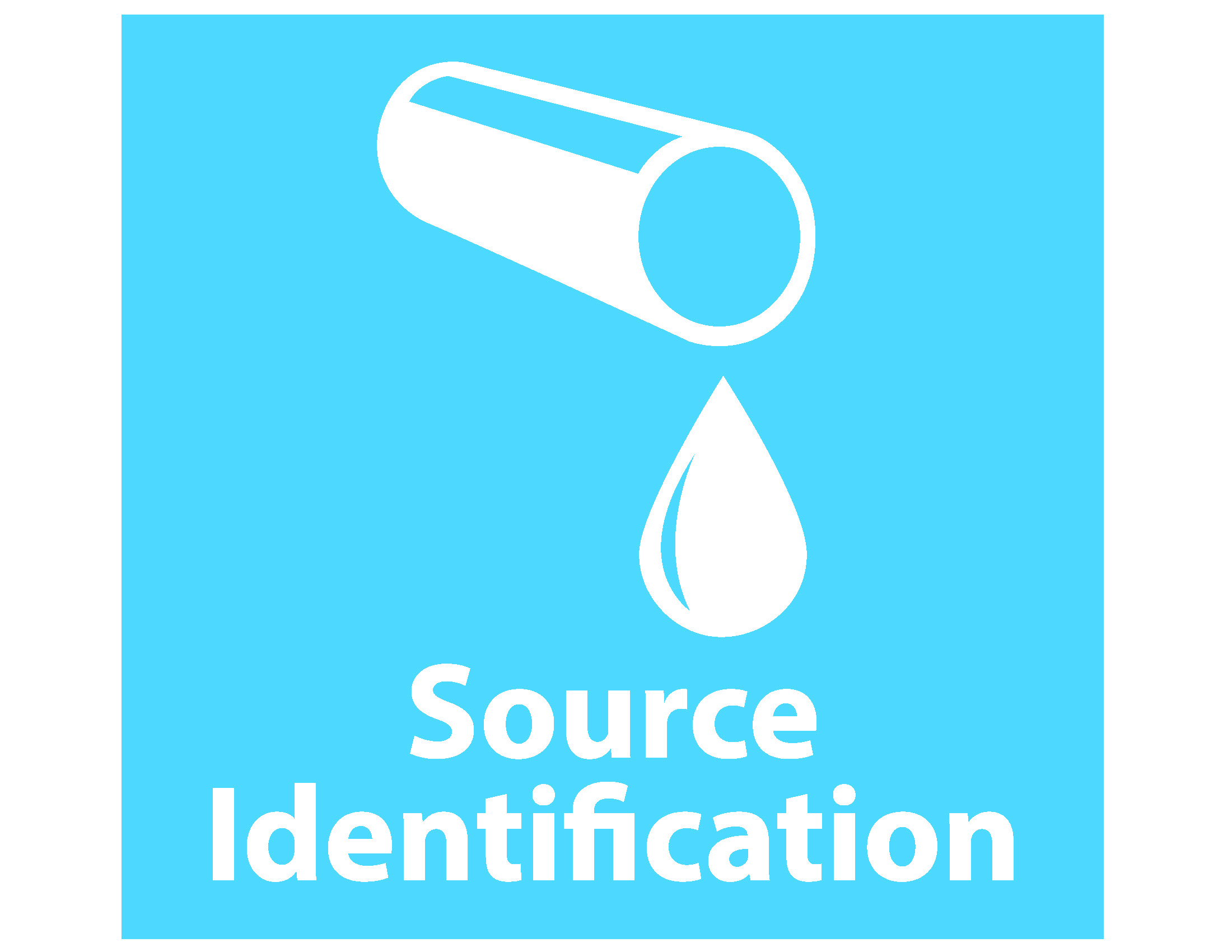Stormwater Action Monitoring — source identification
SAM's source identification projects are focused on learning which actions by permittees and businesses in Washington are successful in preventing illicit discharges, detecting and reducing pollutants to stormwater. Source identification projects can include monitoring but can also have a broader focus to provide information for adaptive management of stormwater. The Stormwater Work Group (SWG) organizes permittees and stakeholders to select the SAM study topics.
Training videos for ICID field screening
A King County-led SAM project recently published the 2020 update to the Illicit Connection and Illicit Discharge Field Screening and Source Tracing Manual (IC-ID Manual), and created several new IDDE field training videos. Download a copy of the updated 2020 manual and worksheets and find the Washington Stormwater Center's YouTube channel for all the training videos: Washington Stormwater Center's - Illicit connection and illicit discharge webpage.
Completed SAM source identification studies
SAM source ID projects can occur at site or regional scales and the results can be used across jurisdictions.
Contact information
Raghu Namburi
Stormwater Action Monitoring Coordinator & Engineer
raghu.namburi@ecy.wa.gov
360-628-4989


